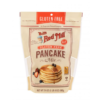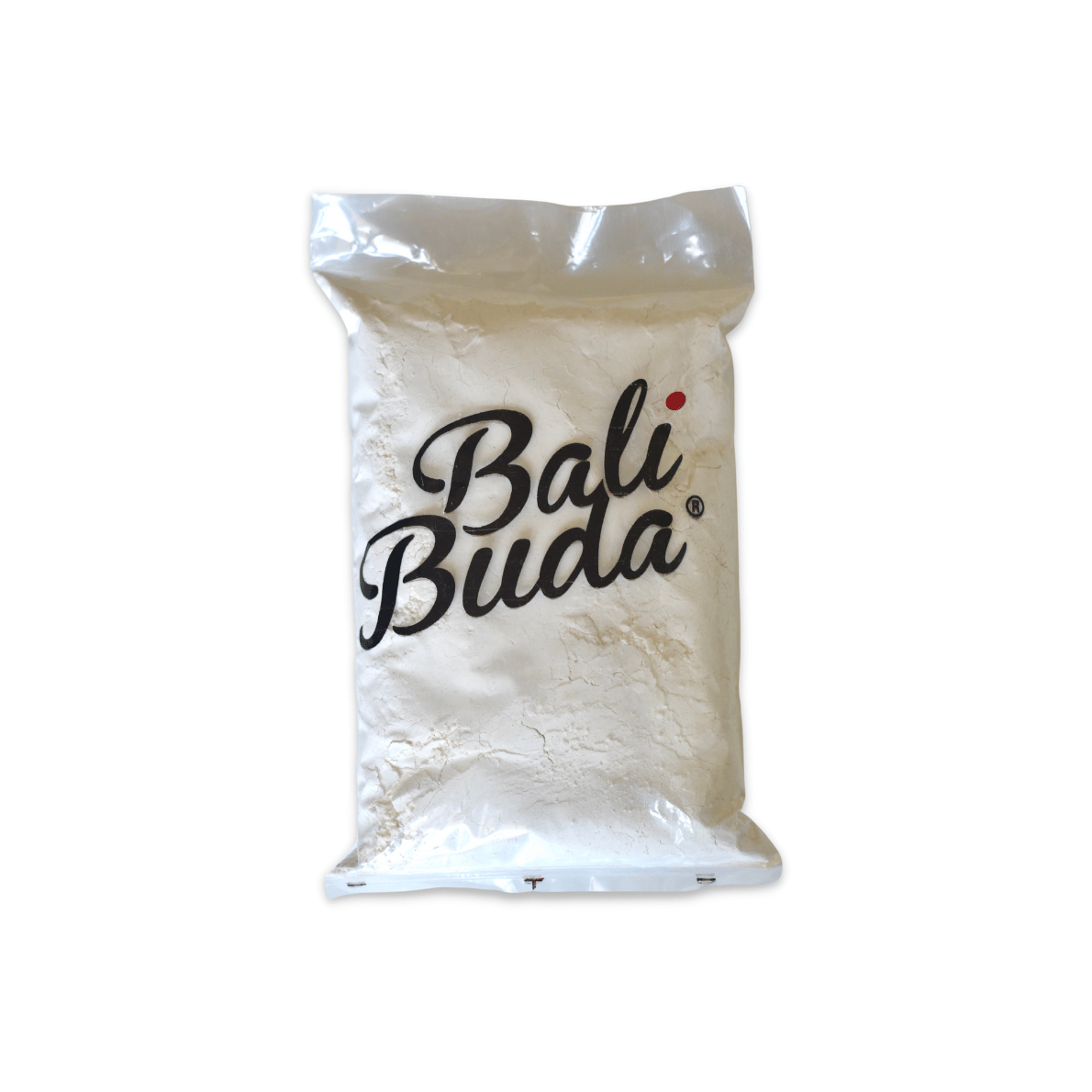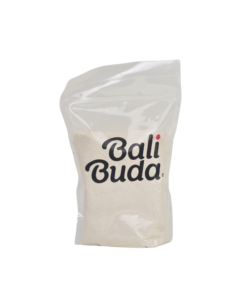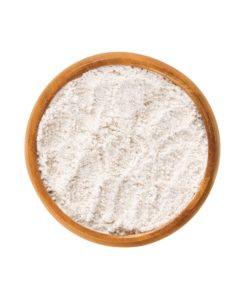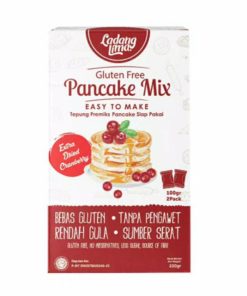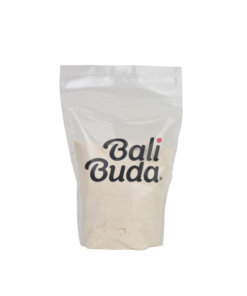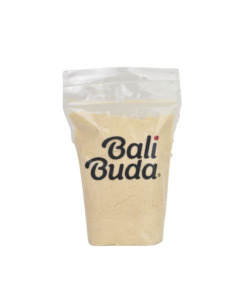-
×
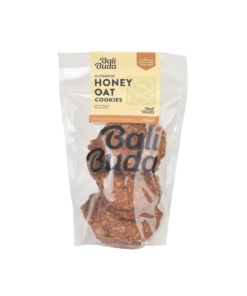 Bali Buda Honey Oat Cookies 10 pcs
1 × Rp45.000
Bali Buda Honey Oat Cookies 10 pcs
1 × Rp45.000 -
×
 Bali Asli Cempaka Natural Soap Bar 110g
2 × Rp24.000
Bali Asli Cempaka Natural Soap Bar 110g
2 × Rp24.000 -
×
 Java Green Tea 25 Sachets
1 × Rp45.000
Java Green Tea 25 Sachets
1 × Rp45.000 -
×
 Adevy Multi Flower Honey 300g
1 × Rp94.000
Adevy Multi Flower Honey 300g
1 × Rp94.000 -
×
 Cobram Olive Oil Extra Virgin Light Flavor 375ml
1 × Rp175.000
Cobram Olive Oil Extra Virgin Light Flavor 375ml
1 × Rp175.000 -
×
 BW Multigrain Crackers 80g
2 × Rp49.900
BW Multigrain Crackers 80g
2 × Rp49.900 -
×
 Savis Earl Grey 10 Sachets
1 × Rp46.000
Savis Earl Grey 10 Sachets
1 × Rp46.000 -
×
 Utama Spice Natural Lip Balm Cocoa
1 × Rp28.000
Utama Spice Natural Lip Balm Cocoa
1 × Rp28.000 -
×
 Red Ginger Powder 50g
1 × Rp30.000
Red Ginger Powder 50g
1 × Rp30.000 -
×
 Bali Buda Energy Bar - Raw Cacao
1 × Rp35.000
Bali Buda Energy Bar - Raw Cacao
1 × Rp35.000 -
×
 Nicole's Natural Wooden Small Bowl
1 × Rp125.000
Nicole's Natural Wooden Small Bowl
1 × Rp125.000 -
×
 Bragg Apple Cider Vinegar 16oz / 473ml
1 × Rp149.000
Bragg Apple Cider Vinegar 16oz / 473ml
1 × Rp149.000 -
×
 Rada's Carob Classic Dark 50g
1 × Rp57.000
Rada's Carob Classic Dark 50g
1 × Rp57.000 -
×
 Balipura Aura Spray Pure Love
1 × Rp255.000
Balipura Aura Spray Pure Love
1 × Rp255.000 -
×
 Bali Asli Citronella Natural Soap Bar 110g
1 × Rp24.000
Bali Asli Citronella Natural Soap Bar 110g
1 × Rp24.000 -
×
 Bali Asli Rose Natural Soap Bar 110g
2 × Rp24.000
Bali Asli Rose Natural Soap Bar 110g
2 × Rp24.000 -
×
 Ginger Powder Jar 50g
1 × Rp30.000
Ginger Powder Jar 50g
1 × Rp30.000 -
×
 Bali Asli Ylang-Ylang Natural Liquid Soap 1l
3 × Rp150.000
Bali Asli Ylang-Ylang Natural Liquid Soap 1l
3 × Rp150.000 -
×
 Baking Soda 500g
2 × Rp25.000
Baking Soda 500g
2 × Rp25.000 -
×
 Delicacao Dark 80% 100g
1 × Rp77.000
Delicacao Dark 80% 100g
1 × Rp77.000 -
×
 Bali Buda Energy Bar - Goji Ashitaba
1 × Rp35.000
Bali Buda Energy Bar - Goji Ashitaba
1 × Rp35.000 -
×
 Bali Pure Virgin Coconut Oil 250ml
1 × Rp87.000
Bali Pure Virgin Coconut Oil 250ml
1 × Rp87.000 -
×
 Bali Asli Peppermint Natural Soap Bar 110g
1 × Rp24.000
Bali Asli Peppermint Natural Soap Bar 110g
1 × Rp24.000 -
×
 Bali Soap Java Tea Ginger Bar 95g
1 × Rp30.000
Bali Soap Java Tea Ginger Bar 95g
1 × Rp30.000 -
×
 Bali Asli Ylang-Ylang Natural Liquid Soap 250ml
1 × Rp65.000
Bali Asli Ylang-Ylang Natural Liquid Soap 250ml
1 × Rp65.000 -
×
 Dr. Bronner's Lavender Pure Castile Liquid Soap 473ml
1 × Rp278.000
Dr. Bronner's Lavender Pure Castile Liquid Soap 473ml
1 × Rp278.000 -
×
 Savis Classic Collection 20 Sachets
1 × Rp84.000
Savis Classic Collection 20 Sachets
1 × Rp84.000 -
×
 Now Vitamin C 1000 100 Vegan Capsules
1 × Rp240.000
Now Vitamin C 1000 100 Vegan Capsules
1 × Rp240.000 -
×
 Utama Spice Natural Incense Begone Bug 12 Sticks
1 × Rp108.000
Utama Spice Natural Incense Begone Bug 12 Sticks
1 × Rp108.000 -
×
 Bali Buda Plain Grissini 10pcs
1 × Rp25.000
Bali Buda Plain Grissini 10pcs
1 × Rp25.000
Spelt Flour 500g
Rp60.000
- Good alternative to wheat flour
- Nutty flavor
- High in fiber
Spelt flour, an ancient grain derivative, has been making a comeback in the culinary scene, offering a nutritious and flavorful alternative to traditional wheat flour. Extracted from the spelt grain, a distant relative of wheat, spelt flour brings a distinctive nutty taste and a robust texture to the table.
What sets spelt apart is its rich nutritional profile. Packed with essential nutrients like fiber, vitamins, and minerals, this flour provides a health-conscious choice for those looking to diversify their flour options. Its nutty flavor adds depth to baked goods, making it a popular choice for various culinary applications.
Using spelt flour in your kitchen can be a game-changer. Substituting it for wheat flour in recipes brings a unique twist to your favorite dishes. For baking enthusiasts, this flour is an excellent choice for making bread, muffins, and pancakes. Its gluten content, though lower than that of wheat, provides enough structure to create soft and airy baked goods.
When it comes to savory dishes, this flour can be incorporated into pasta, pizza crusts, or flatbreads, giving them a heartier texture and a slightly sweet undertone. The versatile nature of spelt flour allows it to seamlessly fit into a range of recipes, enhancing the overall flavor profile.
To use spelt flour in your cooking adventures, simply swap it in a 1:1 ratio for all-purpose or whole wheat flour in most recipes. If you’re adapting a yeast-based recipe, you might need to tweak the liquid content slightly, as spelt flour tends to absorb more moisture. Experimenting with this flour opens the door to a world of culinary possibilities, offering a wholesome and flavorful twist to your meals.
Other alternative flours to wheat here.
| Weight | 0,650 kg |
|---|

 Indonesia
Indonesia
 Bali Asli Cempaka Natural Soap Bar 110g
Bali Asli Cempaka Natural Soap Bar 110g  Java Green Tea 25 Sachets
Java Green Tea 25 Sachets 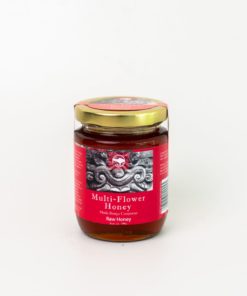 Adevy Multi Flower Honey 300g
Adevy Multi Flower Honey 300g  Cobram Olive Oil Extra Virgin Light Flavor 375ml
Cobram Olive Oil Extra Virgin Light Flavor 375ml 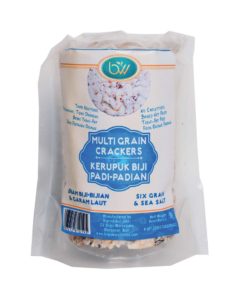 BW Multigrain Crackers 80g
BW Multigrain Crackers 80g 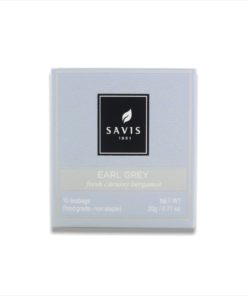 Savis Earl Grey 10 Sachets
Savis Earl Grey 10 Sachets 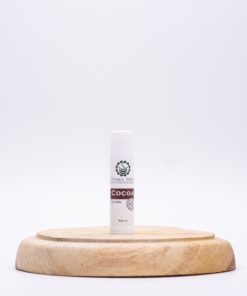 Utama Spice Natural Lip Balm Cocoa
Utama Spice Natural Lip Balm Cocoa  Red Ginger Powder 50g
Red Ginger Powder 50g 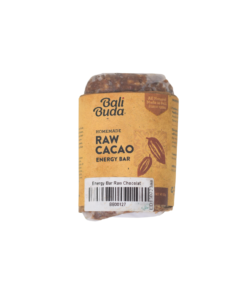 Bali Buda Energy Bar - Raw Cacao
Bali Buda Energy Bar - Raw Cacao 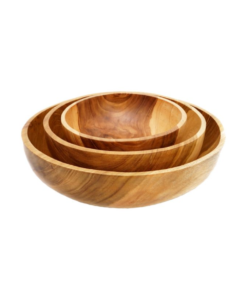 Nicole's Natural Wooden Small Bowl
Nicole's Natural Wooden Small Bowl 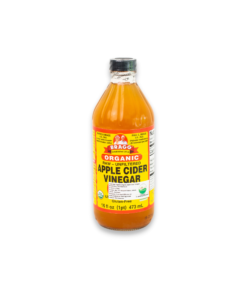 Bragg Apple Cider Vinegar 16oz / 473ml
Bragg Apple Cider Vinegar 16oz / 473ml 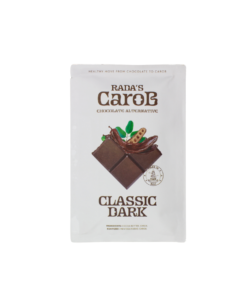 Rada's Carob Classic Dark 50g
Rada's Carob Classic Dark 50g  Balipura Aura Spray Pure Love
Balipura Aura Spray Pure Love 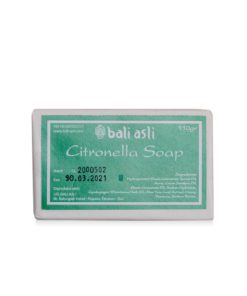 Bali Asli Citronella Natural Soap Bar 110g
Bali Asli Citronella Natural Soap Bar 110g  Bali Asli Rose Natural Soap Bar 110g
Bali Asli Rose Natural Soap Bar 110g 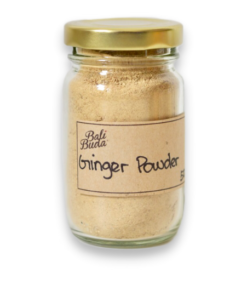 Ginger Powder Jar 50g
Ginger Powder Jar 50g  Bali Asli Ylang-Ylang Natural Liquid Soap 1l
Bali Asli Ylang-Ylang Natural Liquid Soap 1l  Baking Soda 500g
Baking Soda 500g  Delicacao Dark 80% 100g
Delicacao Dark 80% 100g 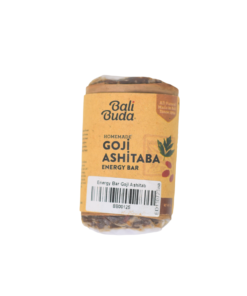 Bali Buda Energy Bar - Goji Ashitaba
Bali Buda Energy Bar - Goji Ashitaba  Bali Pure Virgin Coconut Oil 250ml
Bali Pure Virgin Coconut Oil 250ml  Bali Asli Peppermint Natural Soap Bar 110g
Bali Asli Peppermint Natural Soap Bar 110g 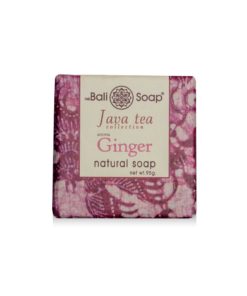 Bali Soap Java Tea Ginger Bar 95g
Bali Soap Java Tea Ginger Bar 95g 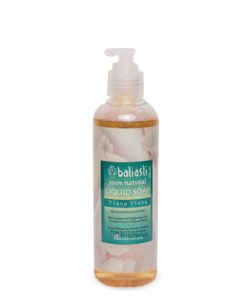 Bali Asli Ylang-Ylang Natural Liquid Soap 250ml
Bali Asli Ylang-Ylang Natural Liquid Soap 250ml  Dr. Bronner's Lavender Pure Castile Liquid Soap 473ml
Dr. Bronner's Lavender Pure Castile Liquid Soap 473ml 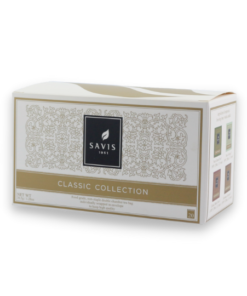 Savis Classic Collection 20 Sachets
Savis Classic Collection 20 Sachets 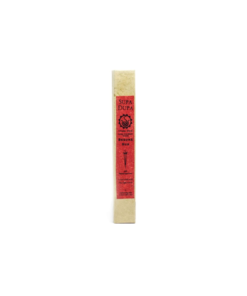 Utama Spice Natural Incense Begone Bug 12 Sticks
Utama Spice Natural Incense Begone Bug 12 Sticks  Bali Buda Plain Grissini 10pcs
Bali Buda Plain Grissini 10pcs 